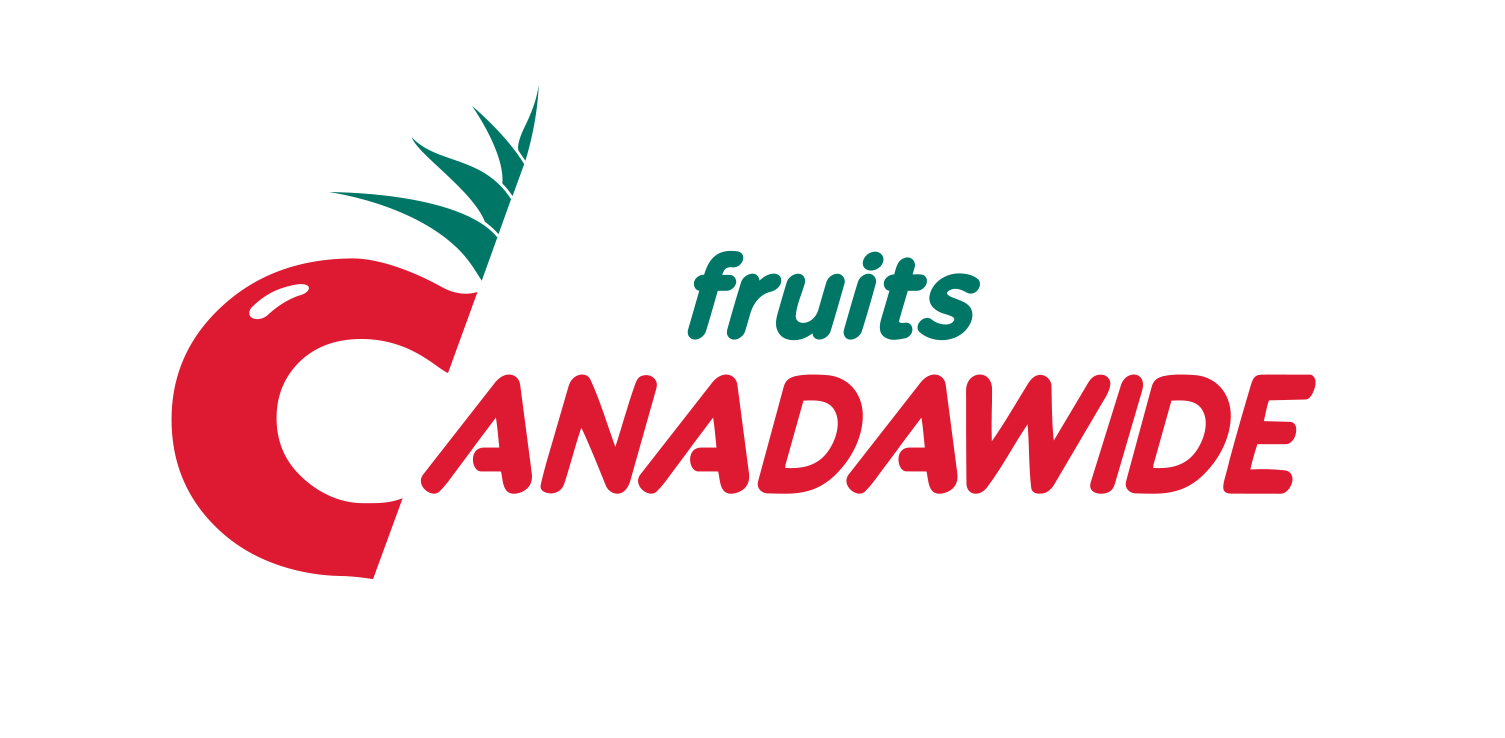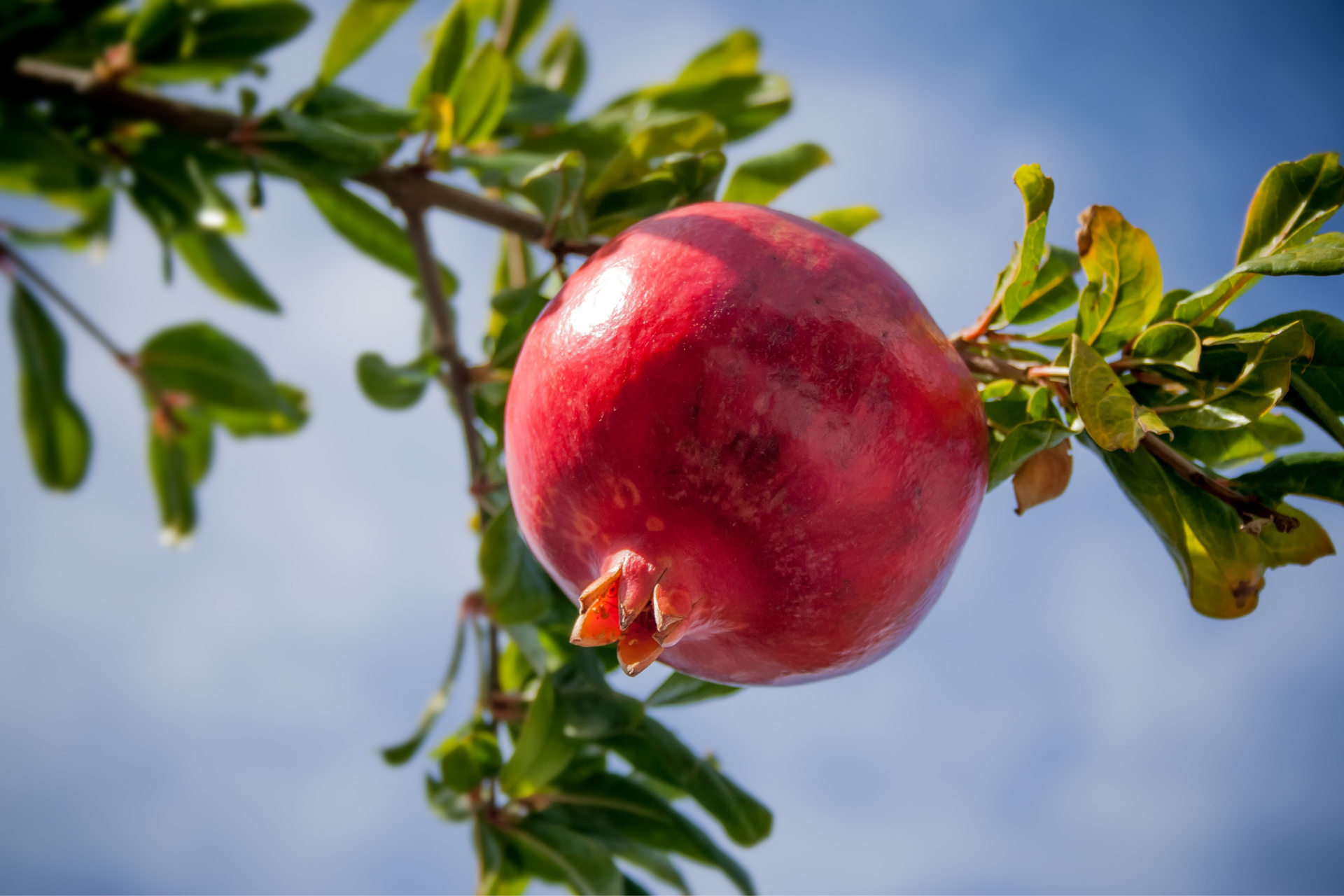POMEGRANATE
The pomegranate is the fruit of the pomegranate tree, native to Asia. The pomegranate has been cultivated for several centuries. There are 1200 varieties of pomegranates cultivated either for their flowers or their fruits. However, the most popular varieties are the Wonderful in Israel, the Mollar and Tendrar in Spain, and the Hicaz in Turkey.
Purchase guide
Look for a pomegranate with smooth, firm, shiny skin. Choose ones that feel heavy and dense and vary in color from pink to red. Prioritize those that have a uniform color since this is a sign of uniform maturity. Please note that marks on the skin are natural and do not affect quality.
OPTIMAL TEMPERATURE FOR CONSERVATION
7 - 20 °C
Pomegranates are easy to store. You can keep them at room temperature for 1-2 weeks, but for a longer shelf life, place them in the refrigerator, preferably in a perforated plastic bag to avoid moisture. It is also possible to freeze the seeds for later use.
NUTRITIONAL VALUE
The pomegranate is composed of 70% water. It is a good source of vitamins B & C, antioxidants and fibers which aids digestion.
HOW TO EAT IT
The pomegranate is more often eaten raw. Simply cut it and to detach its small grains. It is delicious in desserts or salads, in coulis, juices or smoothies.






